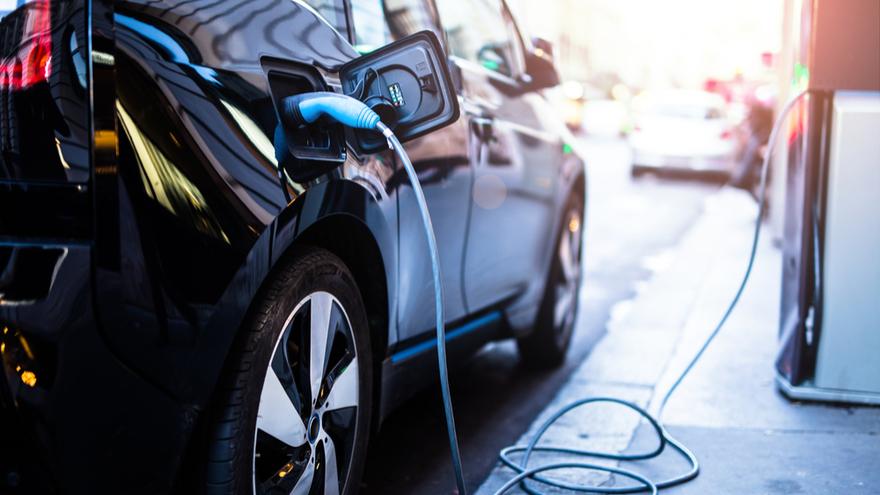Some positive signs, but EVs still face roadblocks to success

More electric vehicles are available today than ever before, said Chase Disher, an analyst at Autolist.
“But that hasn’t done much to change consumers’ perceptions of them,” Disher said in a news release. “The misconceptions that electrics faced at the beginning of this decade are still a major impediment to their success right now.”
According to the latest Autolist.com survey, overall range, price compared to a similar gas vehicle, and lack of charging infrastructure in their area are the three biggest reasons people would not buy an EV.
The study results showed some similarities to the latest phase of a Cox Automotive study titled, “Evolution of Mobility: The Path to Vehicle Adoption.” That study showed that although consumers believe EVs are coming, that hasn’t increased their interest in buying one. The study also said cost and battery were the biggest consumer and dealer barriers to EV adoption, public charging infrastructure is an extremely important factor in increasing EV proliferation, and that lack of inventory levels, perceived profits, and OEM support are reasons that dealers’ sense of urgency to sell EVs is low.
The Autolist study also showed some encouraging signs. Autolist says consumers' expectations of EVs “are starting to align with reality.”
One of those promising signs: Survey participants showed realistic expectations regarding the range of a mainstream, non-luxury EV. In response to a question on the minimum range they would accept if they were buying a $35,000 EV, the most popular answer was “between 250 and 300 miles.”
Autolist said that range is fairly close to that of several EVs currently on the market. Before incentives, the Kia Soul Electric, Chevrolet Bolt and Hyundai Kona EV all start at around $37,000. They offer 238 miles, 243 miles and 258 miles of EV range, respectively, Autolist said.
Another of the survey’s bright spots for EVs: 69% of shoppers supported tax rebates, incentives and other perks at the local, state and federal levels to encourage people to buy and use electric vehicles. Sixteen percent did not support those perks, and 15% were not sure.
And another good sign for EVs: The survey asked participants how their household would use an EV if they bought one today. Fifty-five percent said it would be their primary vehicle. Twenty-four percent answered that the EV would be a secondary vehicle, 10% said it would be a third or extra vehicle and 11% were unsure.
“That so many people would use an EV as their household’s main vehicle rather than just an errand-runner or gadabout is a good sign for the future of EVs,” Disher said. “It shows that people are taking the idea of an electric vehicle seriously even if they don't own one yet.”
Consumers have reasonable expectations for the battery range on “affordable” EVs, Autolist said. However, when asked about luxury EVs, their assumptions were much different.
What minimum range would car shoppers accept if they spent $70,000 on an electric vehicle? The most popular answer was “More than 500 miles,” and that was by a large margin. Sixty-one percent said the vehicle would need more than 400 miles of range.
Autolist said no mass-market EV currently offers more than 400 miles of range, and one is not expected for several years. Autolist notes that with an EPA-estimated range of 370 miles, Tesla’s Model S Long-Range is the longest-range EV currently on the market.
Autolist also discovered widespread confusion about Tesla’s Supercharging network from the survey. Autolist says industry analysts and rival automakers consider that feature be a key Tesla brand asset.
Seventy-four percent of car shoppers were unsure when Autolist asked them whether they thought any EV could charge on Tesla’s network. By the way, they can’t, Autolist said. Fourteen percent said “no” and 12% said “yes.”


